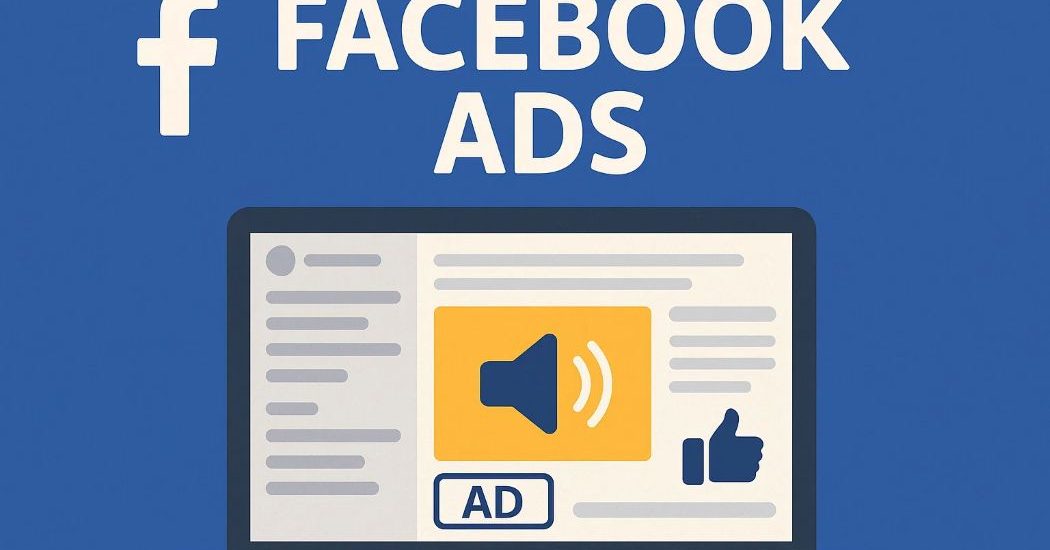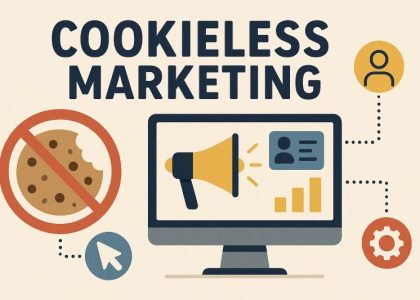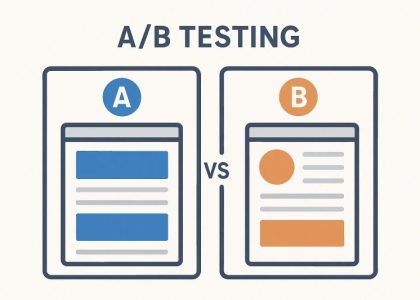Introduction
Facebook continues to be one of the most influential platforms for digital advertising. With over 2.9 billion monthly active users, it provides businesses—big and small—an unmatched opportunity to connect with potential customers.
But here’s the catch: a great ad means nothing if it targets the wrong audience.
This guide is tailored specifically for beginners in 2025 who want to master Facebook Ads targeting. You’ll learn how to choose the right audience, build effective ad segments, and maximize conversions through smart targeting strategies.
Step 1: Understand How Facebook Targeting Works
Before launching any campaign, you need to understand how Meta’s Ads Manager works. This powerful tool allows you to control who sees your ad based on:
- Demographics
- Interests
- Behaviors
🎯 Three Main Audience Types:
- Core Audiences – Built from demographics, interests, and behaviors
- Custom Audiences – Based on your own data (emails, website visits, etc.)
- Lookalike Audiences – Users who resemble your top-performing customers
Understanding how these work is the first step to effective targeting.
Step 2: Define Your Objective First
Before selecting a target audience, clarify your campaign goal. Facebook offers a variety of ad objectives to align with your business goals:
- Brand Awareness
- Traffic
- Engagement
- Leads
- Conversions
- App Installs
- Video Views
✅ Pro Tip: New advertisers should begin with the Traffic objective to drive people to your website or landing page.
Step 3: Create a Core Audience
Core audiences help you reach new people based on:
👤 Demographic Targeting
- Age
- Gender
- Language
- Relationship status
- Education level
- Job title or industry
📍 Location Targeting
- Country
- State or region
- City
- ZIP/Postal code
- Radius (e.g., within 5 km of a store)
❤️ Interest & Behavior Targeting
- Hobbies and entertainment
- Purchase behavior
- Device usage
- Page likes
- Travel habits
🛠️ Use FacebookAudience Insights to identify the most relevant interests and refine your audience.
Step 4: Build Custom Audiences
Custom Audiences allow you to re-engage people who already know your brand.
You can build these audiences from:
- Email or phone lists
- Website visitors (using Facebook Pixel)
- Instagram/Facebook engagement
- App users or video viewers
These audiences are great for retargeting warm leads and increasing the chances of conversion.
Step 5: Use Lookalike Audiences to Scale
Once you have a quality Custom Audience, create Lookalike Audiences to reach new people who behave like your current customers.
👥 Facebook Looks At:
- Demographics
- Online behavior
- Engagement patterns
Start with a 1% Lookalike (closest match), then gradually expand to 3%-5% for wider reach as your performance improves.
Step 6: Exclude Irrelevant Audiences
Don’t waste budget on users who don’t matter.
🙅♂️ Exclude:
- Existing customers (if the goal is new customer acquisition)
- Employees or internal teams
- Past buyers (unless retargeting with new offers)
- Irrelevant demographics or locations
🎯 Excluding the right groups improves relevance and reduces your cost per result.
Step 7: Test and Optimize Your Targeting
Always A/B test your targeting options to discover what works best.
🔍 Test Variables:
- Audience types (Core vs. Custom)
- Age groups
- Locations
- Interests
- Devices
📊 Use Meta Ads Manager to monitor metrics like:
- CTR (Click-Through Rate)
- CPC (Cost Per Click)
- ROAS (Return on Ad Spend)
Double down on what works, and eliminate what doesn’t.
Step 8: Retarget and Re-Engage
Most users don’t convert the first time. That’s why retargeting is essential.
🔁 Retarget:
- Website visitors who didn’t convert
- People who abandoned their cart
- Users who watched 50%+ of your videos
- People who engaged with your Facebook or Instagram content
💡 Retargeting brings back interested users and dramatically improves your conversion rate.
Conclusion
Reaching the right audience is the foundation of any successful Facebook Ads campaign. As a beginner, start by building Core Audiences, then explore Custom and Lookalike options. Always test and refine your approach based on performance data.
Facebook Ads aren’t just about spending money—they’re about showing the right message to the right person at the right time. With this beginner-friendly guide, you now have a clear, actionable strategy to start running profitable campaigns in 2025.





